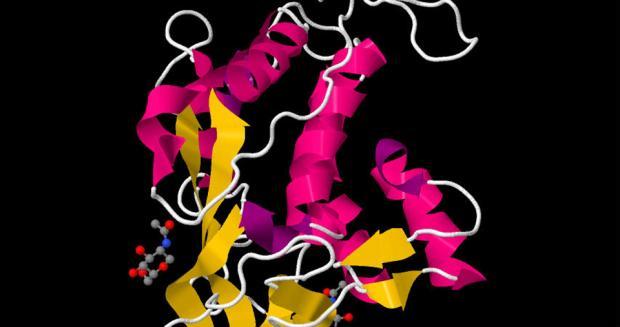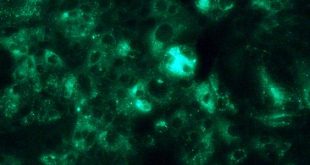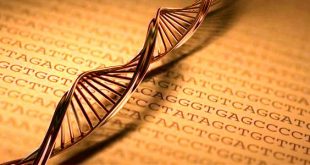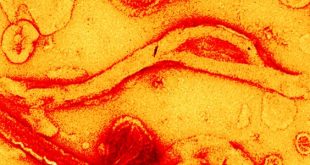The same protein responsible for the absorption and regulation of dietary cholesterol in the gut and liver is also essential for HCV – hepatitis C virus – infection, researchers from the United States and Japan say.
The same protein responsible for the absorption and regulation of dietary cholesterol in the gut and liver is also essential for HCV – hepatitis C virus – infection, researchers from the United States and Japan say.
The NPC1L1 – Niemann-Pick C1-like 1 – receptor is found on the outside of specific intestine and liver cells, called enterocytes and hepatocytes, respectively.
“It’s expressed exclusively and uniquely in humans and other primates,” Bruno Sainz Jr. study co-author and researcher at the University of Illinois-Chicago, told Science-Fare.com. “It functions to control dietary intestinal cholesterol absorption, homeostasis and reabsorption from the bile.”
HCV is uniquely enriched in cholesterol and previous research has shown it to be essential for HCV to enter the host.
“It’s not uncommon for microorganisms to mimic natural components within the host,” Sainz Jr. said. “HCV utilizes the tremendous amount of cholesterol to trick the NPC1L1 receptor into facilitating its entry into the hepatocytes.
Most of the NPC1L1 protein is stitched into the cell membrane – it’s a transmembrane protein that crosses back and forth 13 times. It has three loops extending out of it that researchers believe bind cholesterol.
In early 2011, researchers from The University of Texas took a look at the molecular structure of the first loop and confirmed their hypothesis.
“This recent publication confirmed the cholesterol binding pocket is actually in loop one,” Sainz Jr. said. “It perfectly meshes with our data showing that loop one is the extra cellular piece of NPC1L1 we believe is involved in the binding process with HCV.”
The FDA has already approved a drug that targets the NPC1L1 receptor, ezetimibe. It’s more commonly known as Vytorin, where it’s the active ingredient and combined with a statin. The drug targets the NPC1L1 receptor’s second loop and prevents it from absorbing cholesterol into the cell.
“NPC1L1 grabs cholesterol and in the presence of ezetimibe, it still holds onto the cholesterol, but it doesn’t enter the cell,” Sainz Jr. said. In fact, when they treated cells with ezetimibe and HCV, only 10 per cent of the HCV was able to enter the cell.
When they tested the drug in mice – and given two weeks ahead of HCV infection – researchers said the drug was able to prevent infection in five of the seven mice they tested. If the drug was given only one week ahead of HCV infection, the effect decreased by nearly 30 per cent, with only three of seven surviving infection.
If combined with other known HCV therapies, the researchers say these results could lead to more effective treatments for the more than 170 million people worldwide, who, according to the WHO, are currently infected with the virus.
The first and last authors of the research paper have a filed patent application for the use NPC1L1 inhibitors as method to treat HCV infection. It was published in the latest issue of the Journal, Nature Medicine.
 Science Fare Media Science News – Upgraded
Science Fare Media Science News – Upgraded



